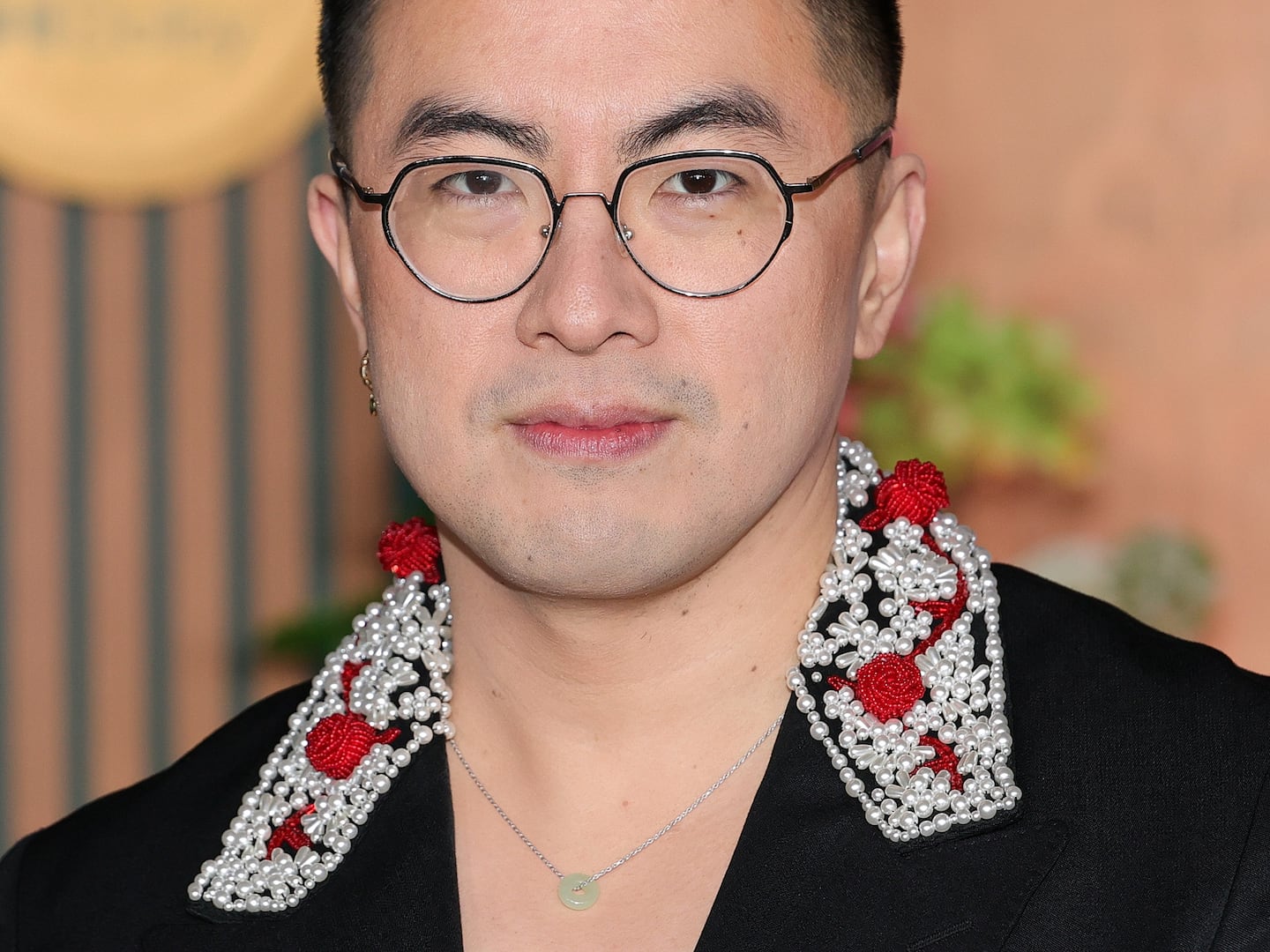Dr. Louis Picker was in medical school when the AIDs epidemic hit in the late 1970s and a young immunologist when it was identified in 1983. After watching a cousin and numerous classmates succumb to the disease, he decided to devote his life to finding a vaccine.
With a successful first trial on monkeys, Picker is hopeful that the therapy could eventually double as a cure. He views Charlie Sheen’s public statement as a good wakeup call for Americans, many of whom he fears have forgotten the threat AIDS still poses.
So you think that public-facing people like Charlie Sheen coming forward is a good thing?
I think it is, actually. When Freddie Mercury and others came out in the 80s, before there were drugs, they died. It was very dramatic. The younger generation doesn’t remember that, so there’s a definite complacency that’s grown around the idea that this is not a problem anymore —but it still is. You know you only have to look at something like Ebola…just because there isn’t anything happening now doesn’t mean that there won’t be an outbreak and it won’t go wild.
What should the takeaway be from the Ebola outbreak then?
Well you know we were very lucky it didn’t leave West Africa, but we know now that there was a vaccine that is almost 100 percent effective that was sitting in the freezer—and because of complacency, it wasn’t available. So this is the same thing, it’s good to bring attention to it so people realize: yeah we gotta push through to the end.
Can you tell me about the vaccine you’ve been developing?
What we’re doing is putting the pathogen genes (HIV) into another harmless bug and using that as a vaccine—the harmless bug is called vector. Here the vector is CMV, a persistent virus that is pretty harmless and present in the majority of the population. It’s been around for a hundred million years and has a very unique lifestyle where it persists at very low levels and deliberately engenders a very high immune response to itself.
So how is this helpful for HIV?
It garners a very large immune response, meaning all the T-cells (the antiviral troops, so to speak) they remain armed basically—which means they sort of have their rifles ready circulating around in high numbers and controlling CMV. What makes HIV unique is that it has mechanisms to avoid the immune response—especially if it gets a head start. So our concept is to put the HIV genes in the CMV vector, so that the always-armed T cells won’t let it get a hard start.
How successful was this test in monkeys?
We have very strong proof of concept in monkeys who had SIV—which is 10 to 100-fold more virulent than HIV. When we vaccinated the animals with this CMV vector, more than half were able to completely control the virus, meaning that after we injected them with it, they controlled the virus and ultimately cleared it. So the virus that was there are the beginning was no longer there a year or two later—that’s the first time an AIDS calling virus has ever been cleared by an immune response.
When Charlie Sheen says that HIV in his system is undetectable, that doesn’t mean it’s eliminated?
Absolutely [not]. The virus is hiding inside cells latently, so nobody has ever been cleared of a latent infection, except the Berlin patient, but yes that’s the difference. So if Magic Johnson stopped taking his drugs or Charlie Sheen stopped, the virus would be back in a matter of days to at most a few weeks.
Is that what your vaccine would prevent, having to take those drugs forever?
Ideally yes. Our vaccine is also potentially useful as a therapeutic vaccine (or cure therapy), which means those T-cells would already be armed when HIV entered and they’d go on a hunting expedition to kill the cells that are already there. A functional cure means you take the person off drugs and they won’t have any viral relapse because whatever virus starts to come up gets killed immediately.
How long until you are able to test this on humans?
Well the process with humans is a bit lengthier. You cant make that vaccine in a lab, you have to make it through a manufacturer and go through the FDA, so its a much more lengthy process. Obviously you be very careful. Phase I trials will hopefully begin next year.
Do you think we are closer than ever to a cure?
We’re so much further along in 2015 than we were 10 years ago, it’s really remarkable, but we’re not quite there yet. We need another 10 years I think to solve the problem. But I’m not the only one working on this project there is a whole field out there and we’re all working together and bringing the latest ideas together and trying to solve it.






